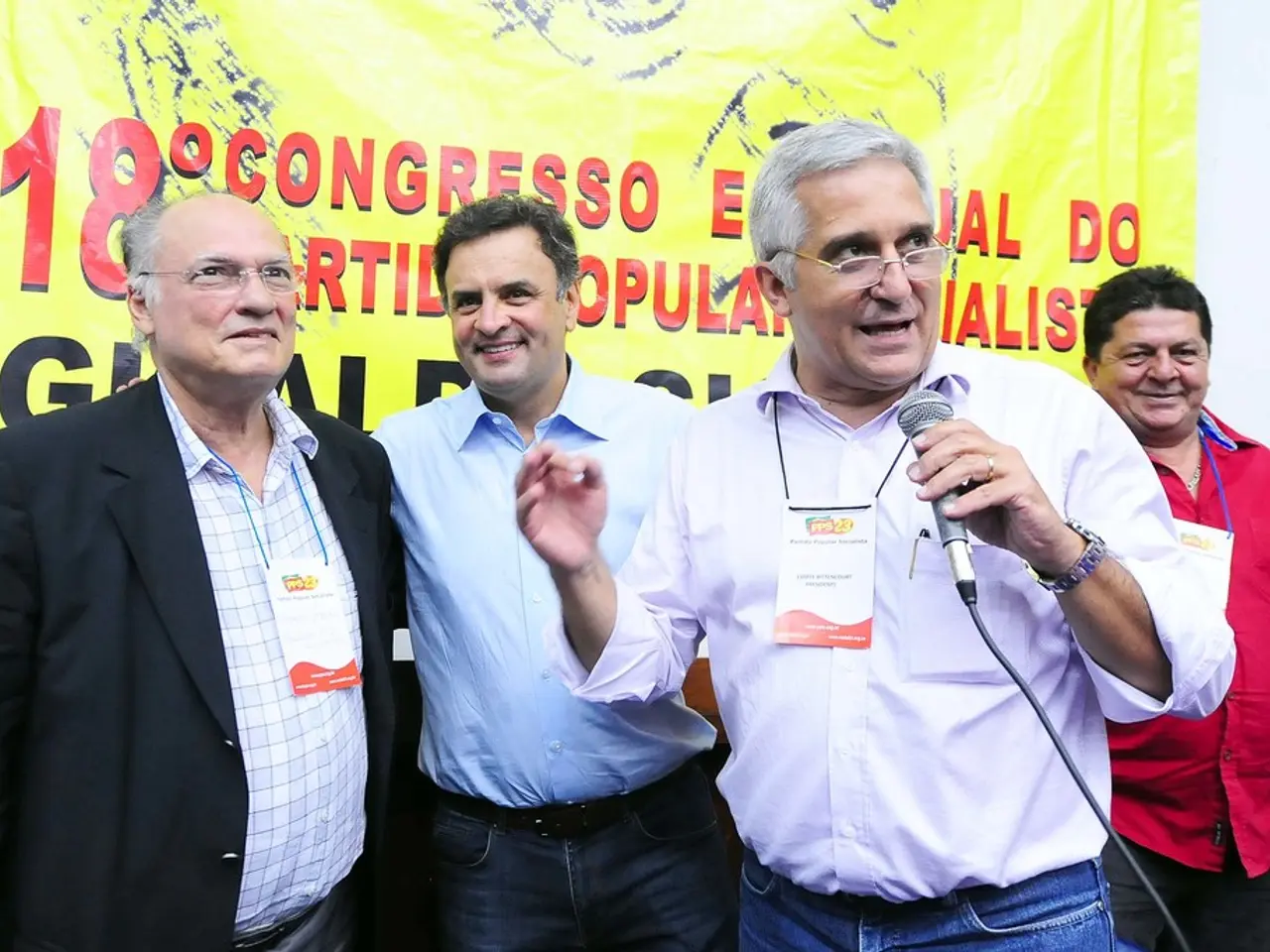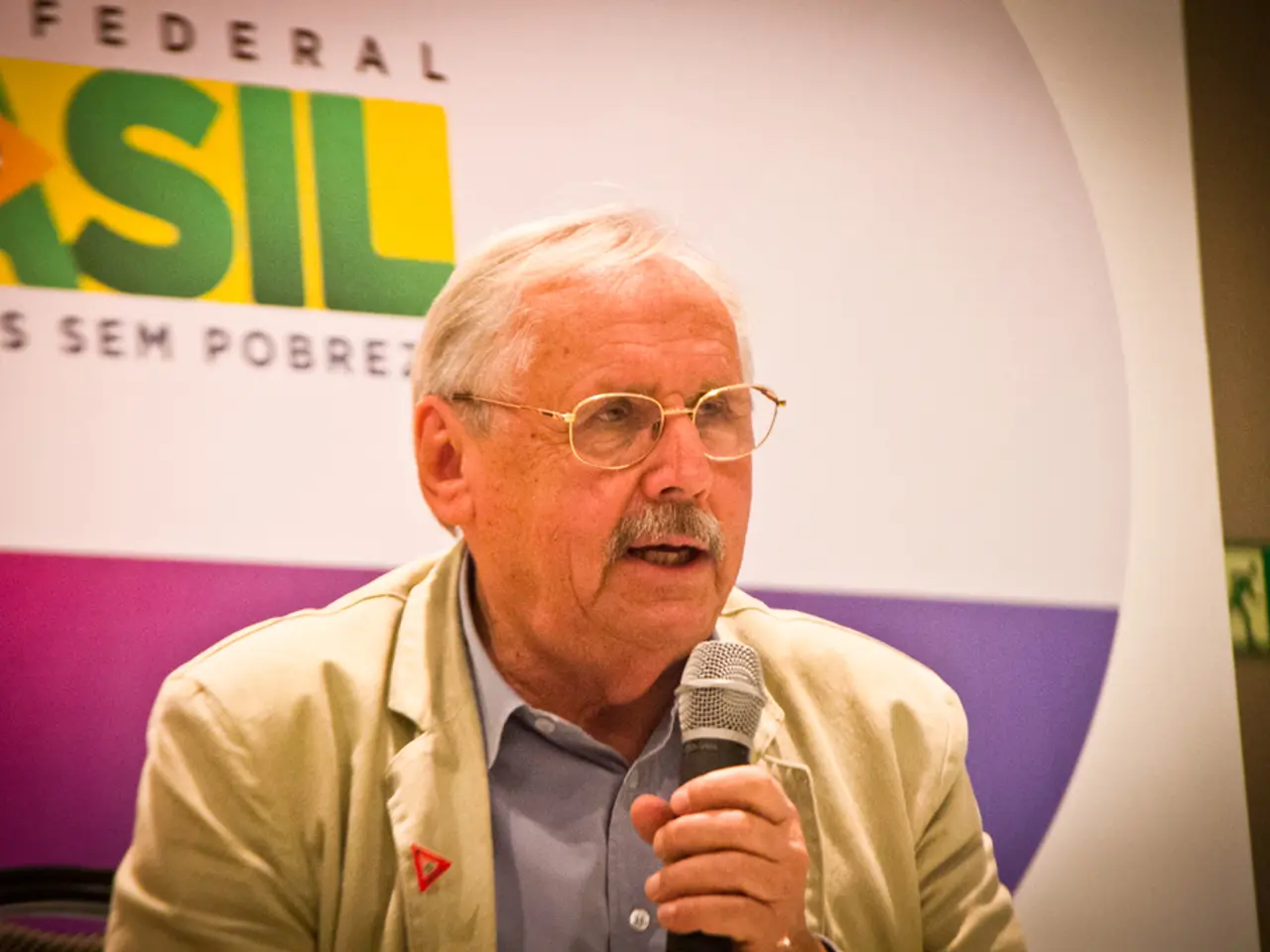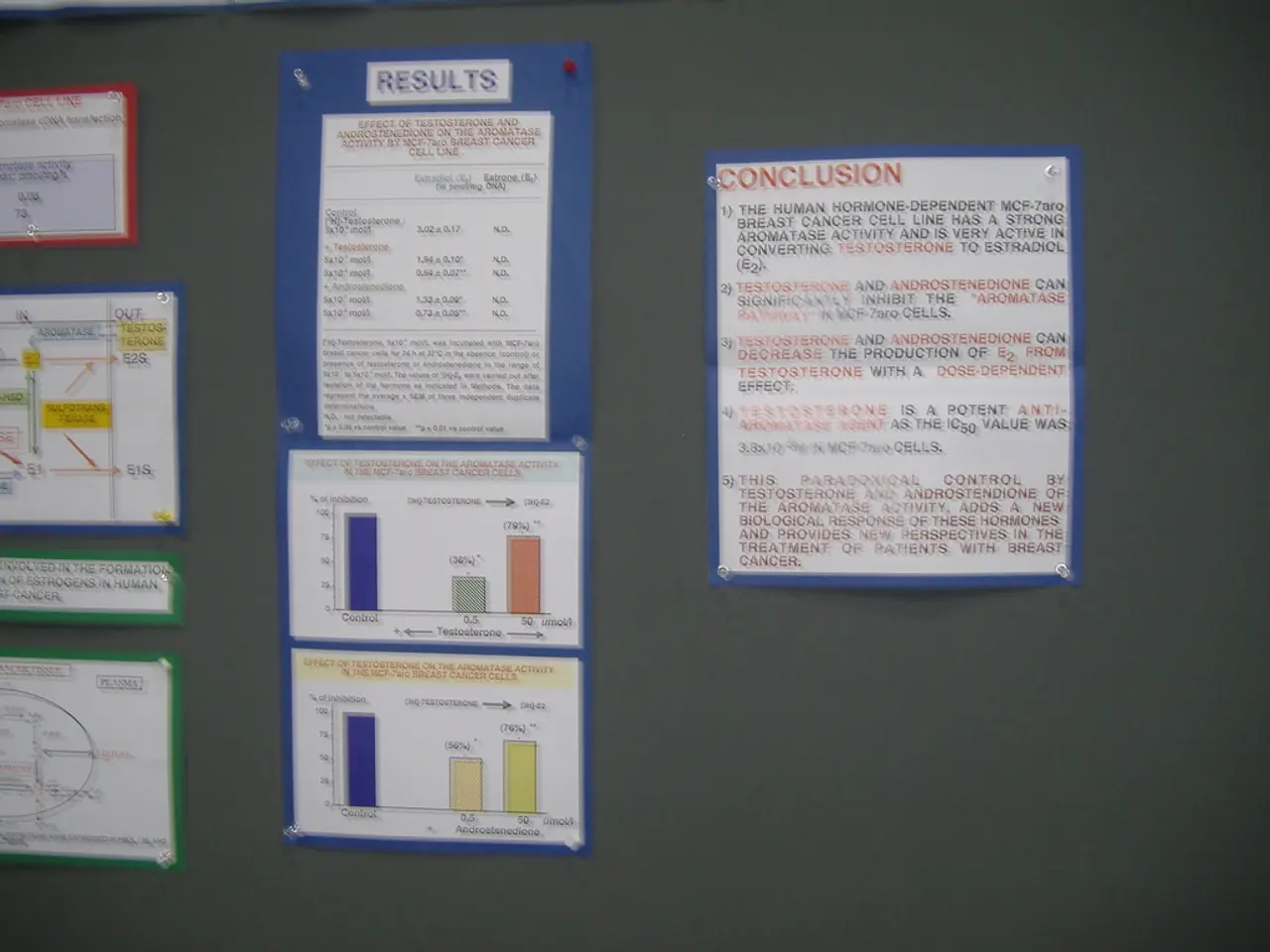Discussions for peace ensue between Democratic Republic of Congo and Rwanda, marking the first such meeting in decades following years of violent conflict.
The major city of Goma was captured by the M23 armed group and Rwandan troops in January, marking a significant escalation in the decades-long conflict in the eastern Democratic Republic of the Congo (DRC). The region, which shares a border with Rwanda, has been plagued by violence fueled by its abundant natural resources for over 30 years, resulting in thousands of casualties.
However, a recent development offers a glimmer of hope. The Rwandan-backed M23 armed group and Kinshasa signed a declaration of principles in Qatar, committing to a permanent ceasefire. This peace agreement is a significant milestone in the efforts to bring an end to the violence in the eastern DRC.
The agreement outlines provisions for "respect for territorial integrity and halting hostilities" in eastern DRC, but the implementation of these provisions is yet to be seen. The current developments in the implementation of the peace agreement include ongoing diplomatic engagements such as the inaugural meeting of the Joint Oversight Committee on July 31, 2025, and U.S.-hosted talks from July 30 to August 1, 2025, to support the agreement’s implementation.
These efforts mark important steps toward fostering regional peace and could potentially diversify U.S. access to critical minerals from the mineral-rich Great Lakes region of eastern Congo. However, significant challenges remain. The region continues to experience instability as over 100 armed groups operate within eastern Congo, complicating peace efforts.
Moreover, the DRC’s complex and turbulent political landscape threatens to undermine progress. Success will largely depend on whether the peace deal can deliver tangible economic benefits that outweigh the long-standing incentives for conflict linked to mineral wealth and political power.
The peace agreement was announced in a joint statement shared on social media by both countries on Friday. The DRC and Rwanda held their first talks following the signing of the peace agreement aimed at ending decades of conflict in eastern DRC's mineral-rich region.
The DRC is the world's leading producer of cobalt and has deposits of gold and other valuable minerals, including coltan. These minerals, which are vital in making phones and laptops, have fueled the ongoing conflict in the eastern DRC.
The peace deal also includes economic measures, although few details have been provided. On Thursday, representatives from both countries, alongside international observers, met in Washington for the first time since signing the peace deal. The peace agreement was signed on June 27 in the U.S. capital and was hailed as a significant milestone by the African Union and the United Nations.
Since February, the front has stabilized, but violence has continued between the M23 and pro-Kinshasa militias. Rwanda denies providing military support to the M23. The violence in the DRC's eastern region has left thousands dead and worsened a humanitarian crisis affecting hundreds of thousands of displaced people.
Despite these challenges, the peace agreement represents a crucial step towards ending the conflict in the eastern DRC and bringing stability to the region. The success of the agreement will depend on the commitment of both countries to its implementation and the ability to address the underlying issues that have fuelled the conflict for decades.
World leaders are closely monitoring the implementation of the recent peace agreement between the M23 armed group and Kinshasa in the eastern Democratic Republic of Congo (DRC), as the agreement could potentially have significant implications for world politics, general news, and war-and-conflicts. The successful execution of this peace agreement could lead to a reduction in violence, improving the overall political landscape of the region.
Moreover, a stable and peaceful eastern DRC could result in improved access to critical minerals like cobalt, gold, and coltan, which are essential for manufacturing electronic devices like phones and laptops, positively impacting the global market. The success of this peace agreement will depend on both countries' commitments to its implementation and their ability to tackle the complex economic and political motivations driving the conflict.






